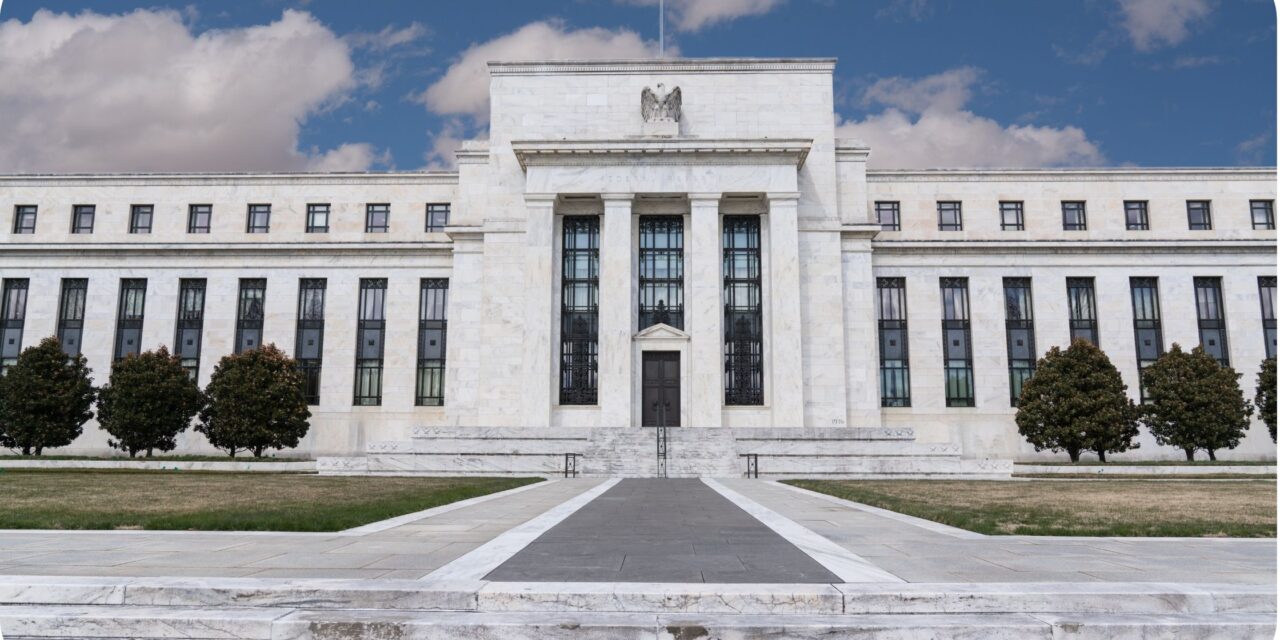Equity markets continue to bounce back from Monday’s heavy losses and despite signals from the US bond market, there are no widespread signs of crisis. An upbeat Fed should keep the dollar supported in the week ahead, while the eurozone’s exit from recession looks unlikely to help the euro. A spike in Australian inflation could fuel bets on a less dovish RBA
USD: Should stay bid into FED?
Dollar Index
Week Ahead Bias: Mildly Bearish
Range this week: 92.50-93.50
1 month target: 93.50
The dollar should stay gently bid into Wednesday’s FOMC meeting. Despite lockdown concerns elsewhere in the world fuelled by the Delta variant, we expect the Fed will have to deal with the realities of above-trend growth and inflation. While it may not specify exactly when it is ready to taper, the tone should generally support the view that tapering should emerge in 4Q this year, with the possibility of a first hike coming in 4Q22. US data this week will provide a first look at 2Q21 GDP growth – expected at 8-9% quarter-on-quarter annualised – plus also June readings for personal consumption and the PCE deflator. In addition, we’ll see updates on durable goods orders, consumer confidence and new home sales.
EUR: Exit from recession unlikely to help
EURUSD
Week ahead Bias: Mildly Bearish
Range Next week: 1.1710-1.1850
1 Month Target: 1.1800
It’s a big week for eurozone data, with a first look at 2Q GDP and the flash July CPI release. On the former, the consensus expects a 1.5% quarter-on-quarter expansion, as the eurozone exits its technical recession. Hopes for much stronger growth in 3Q are under a little pressure, however, as the Delta variant hits confidence. A pick-up in eurozone headline CPI to 2.0/2.1% year-on-year looks unlikely to move markets. This comes after the European Central Bank’s policy review, which shifted forward guidance such that the ECB will not consider raising rates until CPI is sustainably at 2% over a 12-18 month forecast horizon. Currently, the ECB sees CPI at 1.4% in 2023.
JPY: False start?
USDJPY
Week Ahead Bias: Mildly Bullish
Range Next Week: 109.50-111.00
1 Month Target: 111.00 Last Monday it looked as though the Japanese yen would be one of the strongest currencies on the week as risk assets came under pressure and the Fed tightening cycle was repriced lower. This
proved a false start, however, as equity markets quickly reclaimed their losses. The coming week is a big one for US earnings, with big tech heavyweights due to report. It still seems far too early in the cycle for equities to turn lower on a sustainable basis. Thus, the JPY will probably remain an underperformer.
GBP: Downside risks remain in place
GBPUSD
Week Ahead Bias: Mildly Bearish
Range Next week: 1.3570-1.3900
1 Month Target: 1.4000
GBP/USD has been struggling due to both specific negative news on sterling and the declining EUR/USD. Next week should offer no real changes, with the July FOMC meeting posing a downside risk to low yields vs the dollar (see above) should the Fed drop some hints about Jackson Hole or tapering in September. On the GBP side, UK clashes with the EU – in trying to renegotiate the conditions of post-Brexit trade in Northern Ireland – should also tame any meaningful upside to sterling.
AUD: Inflation spike could add pressure to RBA
AUDUSD
Week Ahead Bias: Mildly Bullish
Range Next week: 0.7330-0.7450
1 Month Target: 0.7500
Next week’s main event in Australia is the release of 2Q inflation figures. Our economics team estimates that headline CPI grew 3.5% YoY, which is marginally below consensus. So far, the Reserve Bank of Australia has not budged, sticking to its dovish stance despite many developed central banks having moved to the hawkish side. It is still likely that one high inflation reading won’t be enough to generate a U-turn in the RBA’s tone, as evidence that inflation pressures are more persistent will likely be needed. But this should still put some pressure on the RBA to start discussing an earlier start to the tightening cycle. Markets are only pricing 40bp worth of tightening in Australia in the next two years (by comparison, the pricing in New Zealand is for 100bp), so there is considerable room for markets to speculate on a hawkish turn in the RBA’s language in 2H21. We expect this could help AUD reclaim some lost ground next week, although mostly in the crosses as the US dollar could come out broadly stronger from the FOMC meeting.
CAD: Bulls regain some momentum
USDCAD
Week Ahead Bias: Mildly Bearish
Range Next week: 1.2450-1.2640
1 Month Target: 1.2300
The loonie has been the best performing currency in the G10 this week, possibly benefiting from a delayed reaction to last week’s Bank of Canada meeting (which saw another round of tapering) after some profit-taking appeared to have got in the way after the meeting.
The week ahead is rather busy data-wise in Canada. Inflation numbers for June are expected to remain above 3%, with the risk of yet another spike, in line with what we are seeing in the US.
BITCOIN: Sluggish….AND BOOM!!!
Week Ahead: Mildly Bullish
Range Next Week: 32000-40500
1 Month Target: 45000
Bitcoin is up 15% over the weekend and in early morning trade, while dragging the entire crypto market along with it. The question remains whether this is a change back to an uptrend or is this just a bigger retracement?? For now though the only thing clear is that Elon Musk is definitely the King of Crypto. While honourable mentions for Cathy Wood and Jack Dorsey who both gave the crypto space a much needed jolt of positivity. This was followed by speculation that Amazon might be venturing into the crypto space. We are definitely keeping a close eye on the crypto space with the end of the month in sight.
SOURCES: ING AND LOTUS ACADEMY





